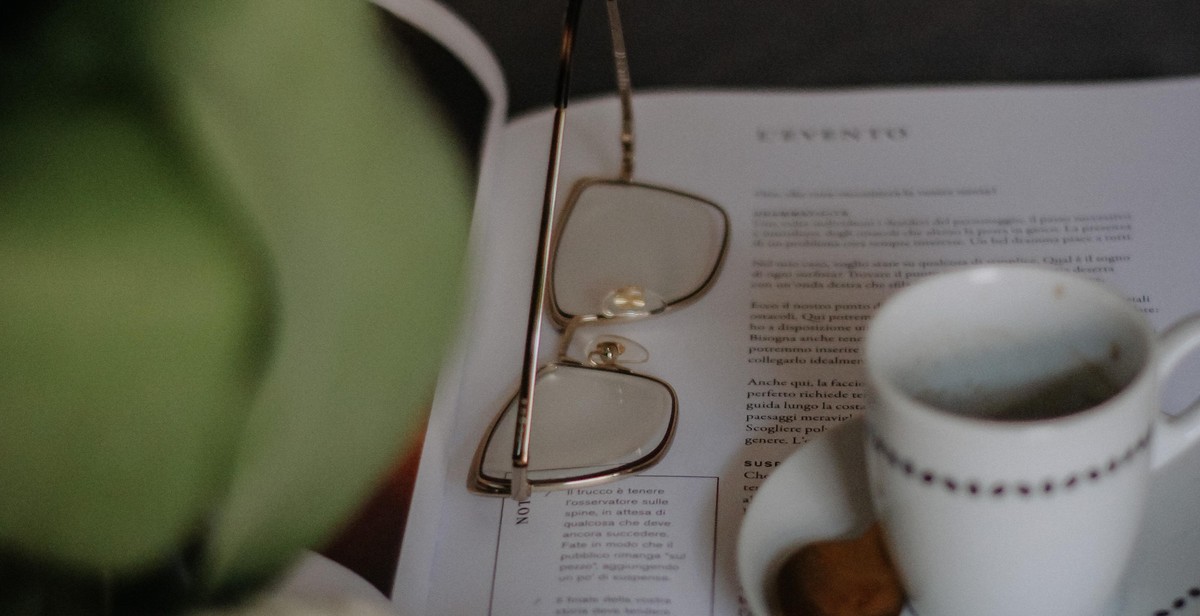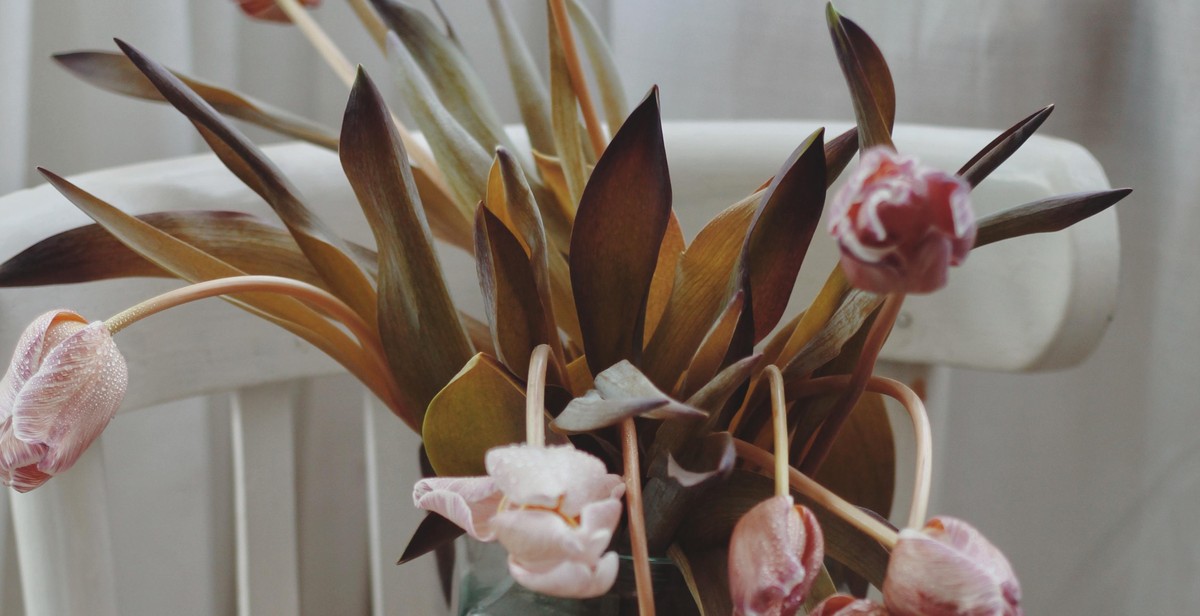Introduction: Appreciating and Identifying Different Types of Darjeeling Tea
Darjeeling tea is a world-renowned tea that is grown in the Darjeeling district of West Bengal, India. It is a black tea that is known for its unique flavor and aroma. Darjeeling tea is often referred to as the “champagne of teas” due to its high quality and distinctive taste.
What is Darjeeling Tea?
Darjeeling tea is made from the Camellia sinensis plant, which is grown in the Darjeeling district of West Bengal. The tea is grown at high altitudes, which gives it a unique flavor and aroma. The tea is harvested in the spring and summer months and is known for its floral and fruity notes.
Darjeeling tea is a type of black tea, but it is not as strong as other black teas. It is often described as having a mild, musky flavor with a hint of astringency. The tea is also known for its light color and delicate aroma.
Appreciating and Identifying Different Types of Darjeeling Tea
There are several different types of Darjeeling tea, each with its own unique flavor profile. To appreciate and identify the different types of Darjeeling tea, it is important to understand the factors that affect the flavor and aroma of the tea. These factors include the altitude at which the tea is grown, the time of year it is harvested, and the processing methods used to create the tea.
- First Flush Darjeeling Tea
- Second Flush Darjeeling Tea
- Autumnal Flush Darjeeling Tea
Each type of Darjeeling tea has its own unique flavor and aroma. By understanding the factors that affect the flavor and aroma of the tea, you can appreciate and identify the different types of Darjeeling tea and find the one that best suits your taste.

Different Types of Darjeeling Tea
Darjeeling tea is a type of black tea that is grown in the Darjeeling district of West Bengal, India. It is known for its floral aroma, musky spiciness, and fruity flavor. Darjeeling tea is classified into different types based on the time of harvest, and each type has its own unique flavor profile. The three main types of Darjeeling tea are:
First Flush
First flush Darjeeling tea is harvested in early spring, usually between mid-March and mid-April. It is made from the youngest leaves and buds of the tea plant, which have a delicate and tender texture. First flush Darjeeling tea is light in color and has a floral and vegetal flavor with a hint of astringency. It is highly prized by tea connoisseurs for its unique flavor profile and is often referred to as the “Champagne of teas”.
Second Flush
Second flush Darjeeling tea is harvested in late spring or early summer, usually between May and June. It is made from the larger and more mature leaves of the tea plant, which have a stronger flavor and aroma. Second flush Darjeeling tea is darker in color and has a musky and fruity flavor with a hint of sweetness. It is often referred to as the “Muscatel tea” due to its distinctive flavor profile.
Autumn Flush
Autumn flush Darjeeling tea is harvested in the fall, usually between October and November. It is made from the leaves of the tea plant that have grown after the monsoon season. Autumn flush Darjeeling tea is darker in color and has a nutty and spicy flavor with a hint of sweetness. It is less well-known than first and second flush teas but is still highly prized by tea connoisseurs for its unique flavor profile.
| Type of Darjeeling Tea | Harvest Time | Leaf Quality | Color | Flavor Profile |
|---|---|---|---|---|
| First Flush | Mid-March to Mid-April | Youthful and Tender | Light | Floral and Vegetal with a hint of Astringency |
| Second Flush | May to June | Mature and Strong | Dark | Musky and Fruity with a hint of Sweetness |
| Autumn Flush | October to November | Grown after Monsoon Season | Dark | Nutty and Spicy with a hint of Sweetness |
Understanding the different types of Darjeeling tea can help you appreciate and identify the unique flavor profiles of each type. Whether you prefer the delicate and floral flavor of first flush tea or the musky and fruity flavor of second flush tea, there is a Darjeeling tea to suit every taste.

Factors Affecting Darjeeling Tea
Darjeeling tea is a world-renowned tea variety that is grown in the Darjeeling district of West Bengal, India. The tea is known for its unique flavor, aroma, and color, which are influenced by several factors. Here are the main factors that affect the quality of Darjeeling tea:
Altitude
The altitude at which Darjeeling tea is grown plays a significant role in its taste and quality. The tea gardens in Darjeeling are located at an altitude of 600 to 2000 meters above sea level. The higher the altitude, the slower the tea leaves grow, and the more complex the flavor and aroma become. High-altitude tea gardens receive more sunlight, which enhances the production of theanine, an amino acid that gives Darjeeling tea its unique floral and fruity notes.
Weather Conditions
The weather conditions in Darjeeling are also crucial in determining the quality of tea produced. The region experiences a temperate climate with heavy rainfall, cool temperatures, and high humidity. These conditions create a conducive environment for the growth of tea bushes and the development of unique flavors and aromas. The misty and foggy weather in Darjeeling also contributes to the production of high-quality tea by slowing down the growth of tea leaves and increasing the concentration of essential oils.
Soil Quality
The soil in Darjeeling is rich in minerals and organic matter, making it ideal for tea cultivation. The tea bushes in Darjeeling grow in well-drained, acidic soil that is rich in nutrients. The soil’s pH level also plays a crucial role in the quality of tea produced. Darjeeling tea has a pH level of around 5.5, which is slightly acidic. This acidity level contributes to the tea’s unique flavor and aroma by enhancing the production of essential oils and antioxidants.
| Factors | Impact on Quality |
|---|---|
| Altitude | Higher altitude results in complex flavor and aroma |
| Weather Conditions | Cool temperatures and high humidity create a conducive environment for growth |
| Soil Quality | Rich in minerals and organic matter, slightly acidic pH level contributes to unique flavor and aroma |
Overall, the altitude, weather conditions, and soil quality in Darjeeling are the main factors that contribute to the unique flavor, aroma, and color of Darjeeling tea. By understanding these factors, you can appreciate and identify different types of Darjeeling tea and choose the one that suits your taste preferences.

How to Appreciate Darjeeling Tea
Darjeeling tea is known for its unique taste and aroma, making it one of the most sought-after teas in the world. Here are some tips on how to appreciate and identify different types of Darjeeling tea:
Visual Appearance
When it comes to appreciating Darjeeling tea, the visual appearance of the tea leaves is crucial. Look for the following characteristics:
- The tea leaves should be whole and unbroken.
- The leaves should have a delicate, thin texture.
- The color of the leaves should be a mix of green and brown.
- The tea liquor should be clear and bright.
Aroma
The aroma of Darjeeling tea is another important factor in appreciating its quality. To fully experience the aroma, follow these steps:
- Take a deep breath and inhale the aroma of the dry leaves.
- After steeping, smell the tea liquor to experience the full aroma.
- Take a sip and inhale the aroma again to fully appreciate the taste and aroma.
Taste
The taste of Darjeeling tea is what sets it apart from other teas. To appreciate its taste, follow these steps:
- Sip the tea and let it linger in your mouth for a few seconds.
- Notice the flavors and how they develop on your palate.
- Pay attention to the aftertaste and how long it lingers.
| Grade | Description |
|---|---|
| First flush | Light and delicate with floral and fruity notes |
| Second flush | Full-bodied with musky and spicy notes |
| Autumnal flush | Robust and earthy with nutty and woody notes |
By following these tips, you can fully appreciate and identify the different types of Darjeeling tea.
